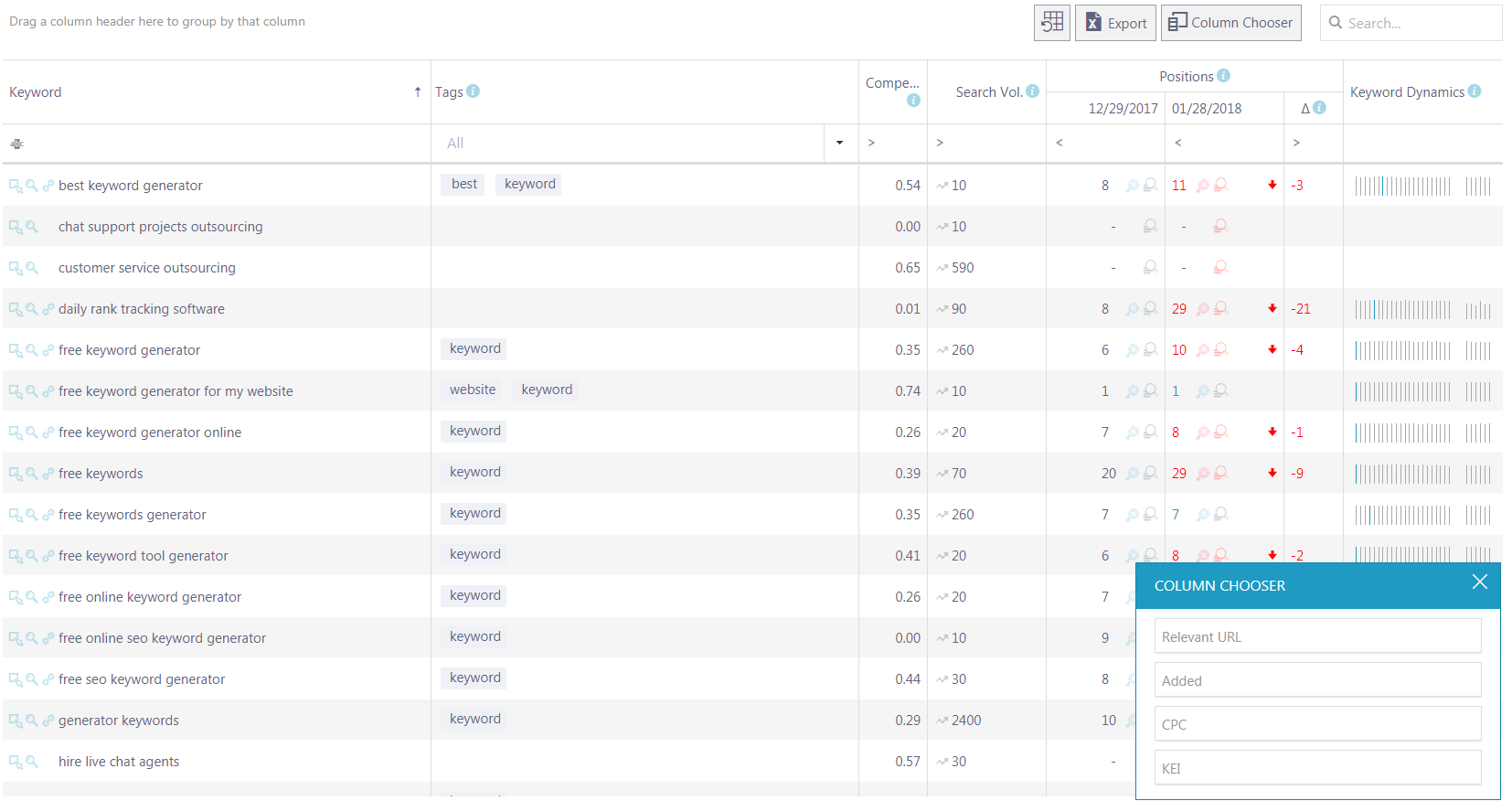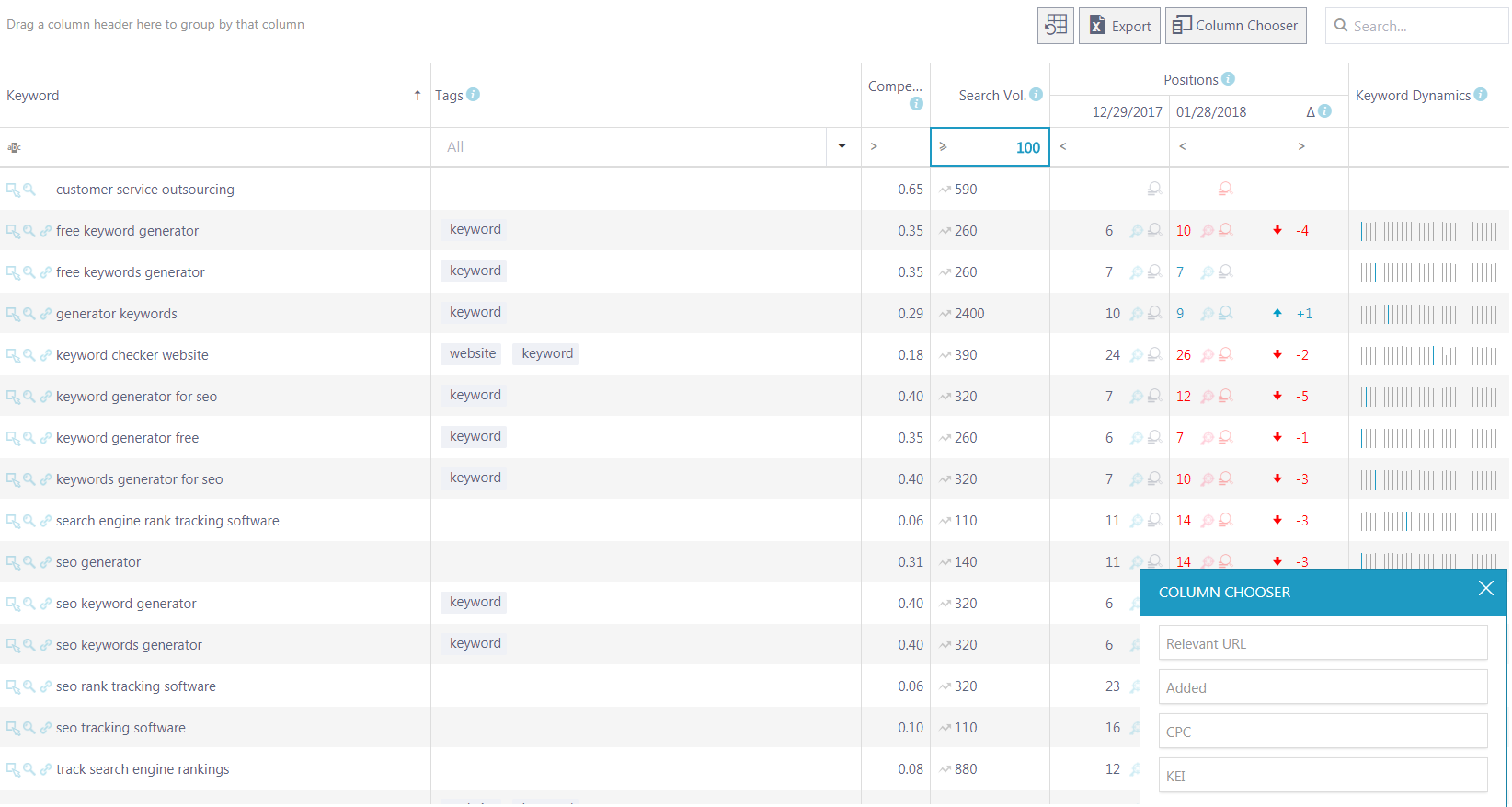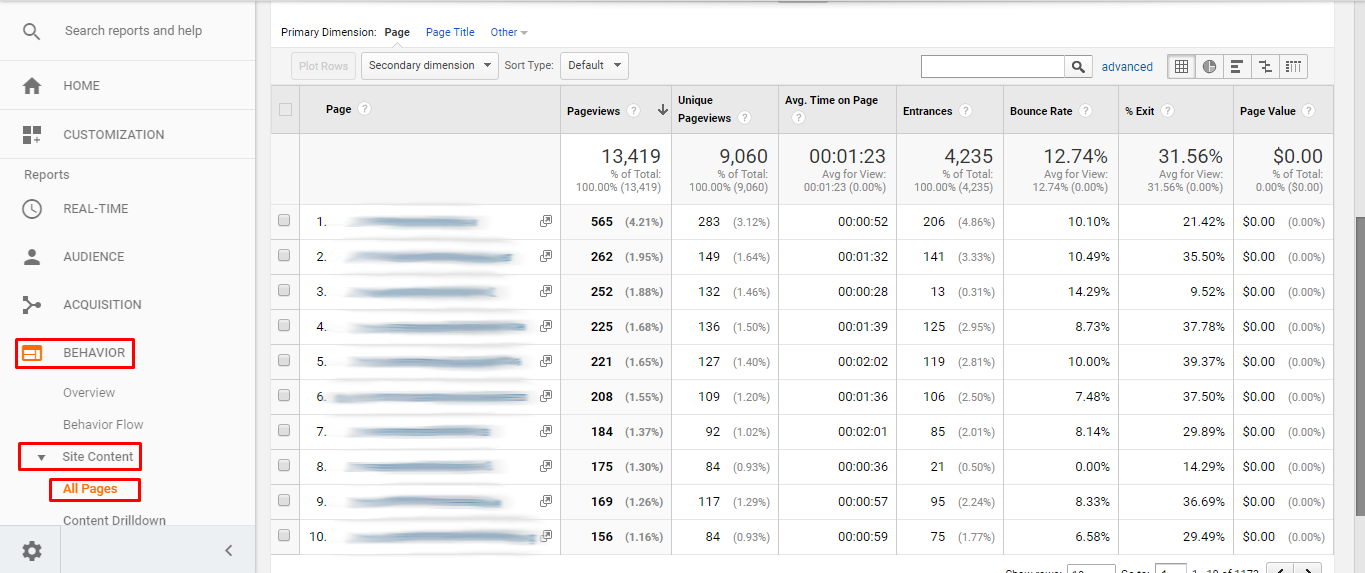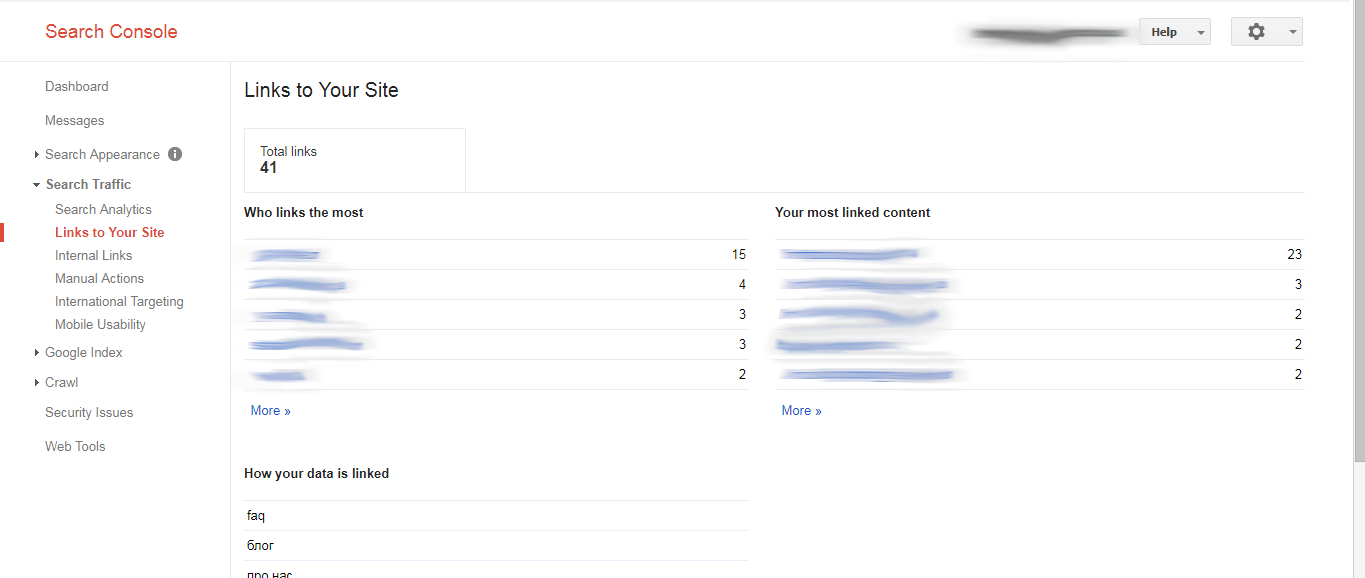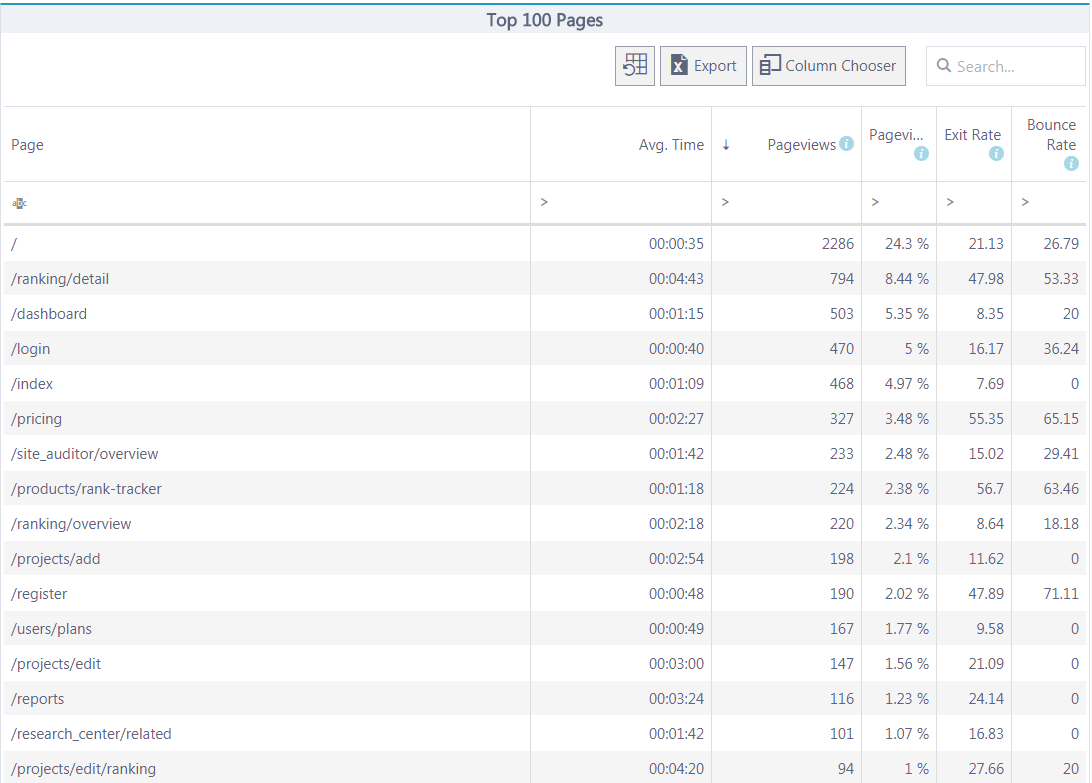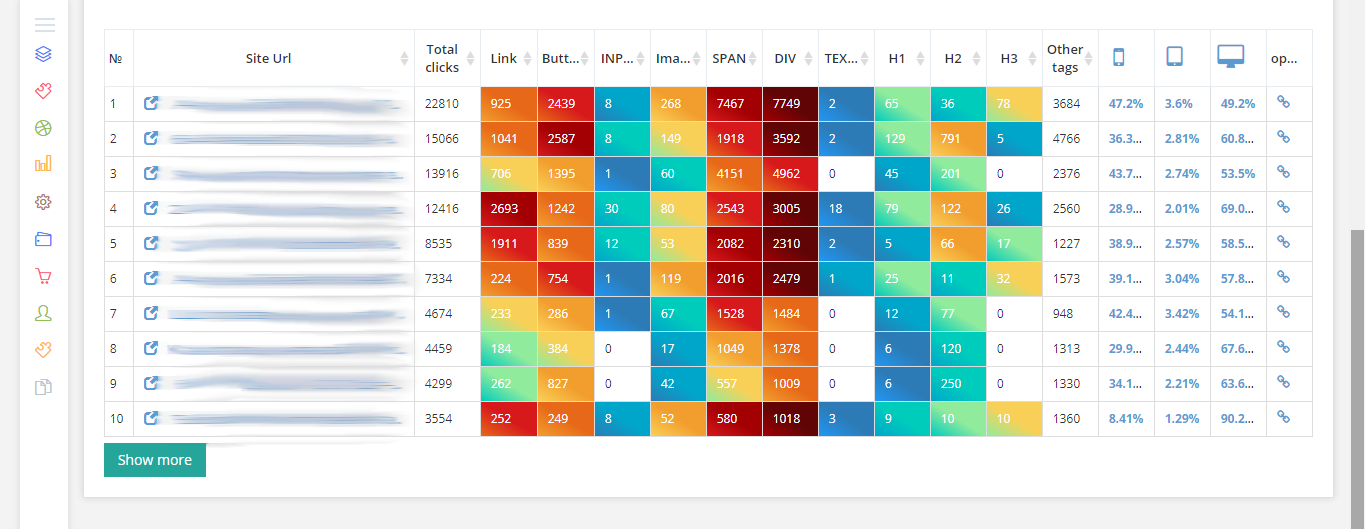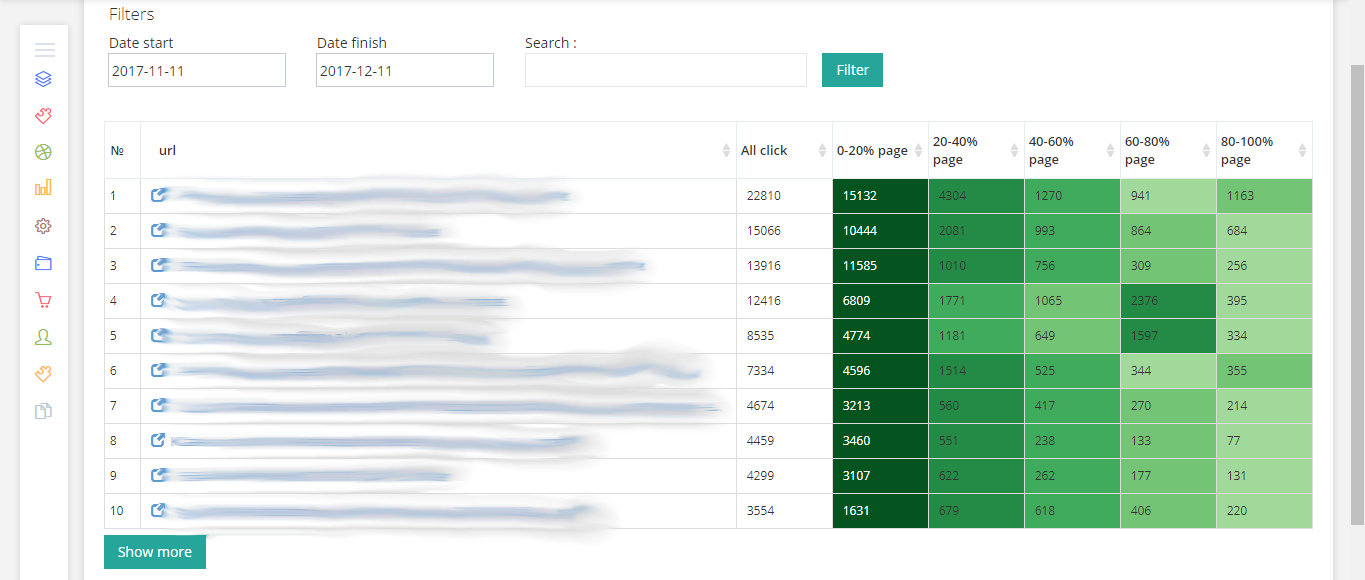How to Pick Right Keywords for Internal Linking in Google
21 January 2018 Leave a comment KEYWORD RESEARCH, ON-PAGE SEO
If you’re on this page, you just got lucky because here we will tell you about the main principles of internal linking on a website.Before we start, let’s clarify essential terms regarding this topic:
- Internal linking means placing hyperlinks between pages of one website. In this way, users navigate between categories and pages of the resource.
- Page weight is the rank of a separate page. It is based on internal and external links and depends on their quality and quantity.
- Keywords are words or word combinations related to a niche of a website or its pages. By means of keywords, search crawlers define how a page content corresponds to a query.
- “Donor” page is a page that shares its weight.
- Optimized page is a page linked to “donor” pages.
These are basic notions used by SEO specialists, and the ones we will use in this material.
What is internal linking used for?
It performs a few tasks:
1Website indexing. A search crawler on your website scans every piece of content including pages, pictures, links, etc. The result of that work is content analysis and a certain rank in SERP.
2Usability. Internal linking helps to improve behavioral factors. On one hand, a user finds necessary information quicker. On the other hand, they stay on a website for a more extended period if the content is interesting for them.
3Gaining a page weight. The better internal linking is organized, the more weight a particular page gains. It means that pages that have more weight usually have higher rankings.
4Page optimization according to low and medium search volume queries. Quite a lot of SEO specialists use opportunities of internal linking to promote young websites on the early stages. By strengthening certain pages with internal links, they raise their authority among competitors. Over time, such pages can get to TOP-10 for certain queries.
5Call to action. Quite often internal linking helps to improve the conversion rate of a website. For example, it can be a text in a blog with a call to action that will eventually lead a reader to a page with a particular product or service.
What are the types of internal linking?
There are three types of internal linking:
1. Contextual is essentially placing links in the text. Generally, they are related to pages with content on specific topics.
For example, this is how contextual linking looks like at Wikipedia:
2. Navigational requires placing links at the beginning of a material, aiming for quick access to any of its parts.
3. Throughout is a menu block that is available on all pages of a website.
That is how throughout linking looks like at one of the popular websites:
Obviously, the most popular type is the throughout one, since it’s a site’s menu. In our case, we will talk about the internal contextual linking.
How does the internal linking look like?
There are a few models for organizing internal linking.
1«Common». Such model is used for simple websites consisting of just a few pages. It means that every single page is linked to the rest.
2«Circle». This is a bit more complicated model where links are placed between pages in the form of a circle. There is also a prioritized page in the center of it. Consequently, all the pages share their weights with the prioritized one.
3«Pyramid». This model is effective especially for big websites. It is formed from ranges of pages according to their superiority, which ends with one main page collecting weight from other pages.
These are the basic models. They remain the same in practice but seem much more complicated. Usually, an experienced SEO specialist suggests a certain model, relying on website audit data. At the same time, she takes into account the fact that every link takes some part of its page weight. “Donor” pages and positions of optimized pages depend on the number of links.
How to pick keywords for internal linking?
Generally, keywords for internal linking are picked according to audit results. They are based on a certain semantic core. After that, such words are designed as anchors (snippets between the <a> and </a> tags ) on the “donor” pages.
The best way to pick keywords is to use options provided by RankActive: click “Rank Tracker” and choose “Detailed view”. You’ll see the total amount of keywords for your website alongside the essential data, such as their positions, dynamics of ranking changes, relevant URL, search volume, competition, ETV, etc.
Then you need to sort all keywords with search volume higher than 100. Those will be the ones to use for internal linking.
If a strategy of optimization is to work with low search volume, you can pick words with a lower search volume. But you’ll need to spend more time.
Your keywords should be:
- Natural. Links on a page should be clear so that a reader can understand what they lead to. In this way, you suggest reading more. Focus on readers, not on search crawlers.
- Of different types: anchors and non-anchors. The best is to keep them in a rotation.
- Relevant to the page they lead to. Nevertheless, a website can fall under sanctions if there are too many anchors with one key from a “donor” page. So, you should mind the number of links on one page.
How to select pages for internal linking?
So, now we know about types and models of internal linking. We have a list of keywords that will be used to link pages. So, now we can move to the selection of “donor” pages for optimization.
You can do it by using various tools:
1. Google Analytics
Open your account in GA. Then choose “Behavior” and click “Site content.” Open “All pages.” You’ll have a list of all pages with statistics:
Choose 10-15 pages, that have the biggest weight. They will be “donors.”
2. Google Search Console
Open your account in Search Console. Then choose “Search Traffic” and go to “Links to Your Site,” there you’ll see “Your Most Linked Content”:
If you open up the whole list, you’ll see all the pages of your website with link statistics.
3. RankActive
To collect statistics in RankActive, you need to create a new project for your website and connect your Google Analytics Account. Then open “Analytics” and choose “Content Analytics”. You’ll be shown a report on all the pages of your website:
Export the data to a table and pick the most popular pages of your site.
Each of these tools has an option of sorting data in the opposite way to let you see the pages for optimization.
These are the most popular tools for page selection. In fact, there are much more of such.
Lifehack for internal linking
Apart from tools of linking, that we have gone through, there is one very handy service for an SEO specialist – a heatmap. By using it, you can see what pages on your website are the most popular and which elements are clicked the most often.
Let’s go through the Plerdy service as an example.
Open “Click Analysis” and choose “Popular Pages”:
There is a heat map below the report, where you can see what elements are clicked the most often:
Another essential statistics is a map of scrolls. It helps to find out what percentage of users got acquainted with the content thoroughly.
How can you use it for internal linking?
1. Locate the most important links in those parts of pages that users view the most.
2. Track the number of clicks on your links.
A few recommendations regarding keywords location
The following recommendations will help you locate keywords on the page properly:
- Add “breadcrumbs” to your website. Pages with “breadcrumbs” simplify navigation and help your resource be indexed fast;
- Links in paragraphs. Keep links in paragraphs and do not put them separately.
- Links to the main page. It is important that every page is linked to the main one, in this way, the latter gets more weight from the others.
- Don’t rely on special plugins. It’s better to do everything manually. Yes, it will take time, but you will secure yourself from inaccuracy.
- Don’t put links on service chapters. Such chapters are usually auxiliary parts of a website: a search, a map, etc.
- Keep the ratio of 1000:1. It means that one link is enough for 1000 signs.
- Avoid links from images. This is not critical but text links are easier to identify for search crawlers.
Internal linking is quite a scrupulous work and requires patience, attention, and time. Every SEO specialist will agree that a fast promotion of an online store is impossible without the quality-focused internal linking. Even though it can be a long shot, the result is definitely worth it!
Tags: Keyword Research
Like this article? There’s more where that came from.
- 5 Questions to Ask Yourself Before Paying for Rank Tracking Software
- 5 Serious Mistakes Beginner SEOs Make and How to Fix Them
- Why We Use Google’s New Link Attributes and You Should Too
- Title and Description in 2021: Why Google Rewrites SEOs’ Meta Tags
- What We Should Learn From Google’s “About This Result” Feature



